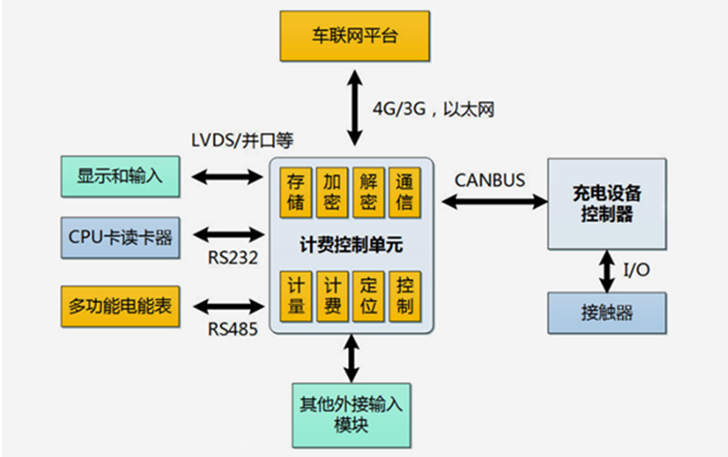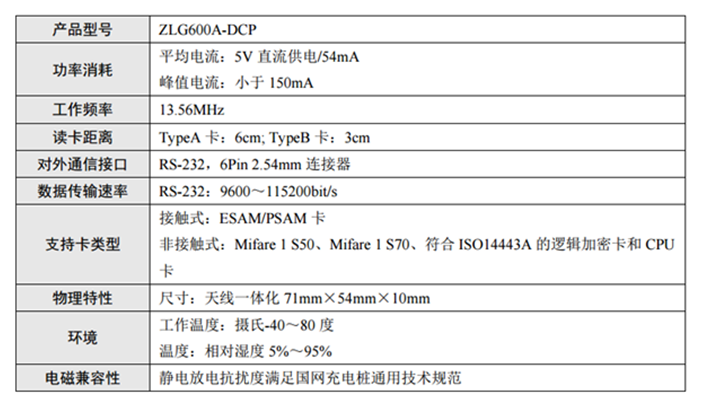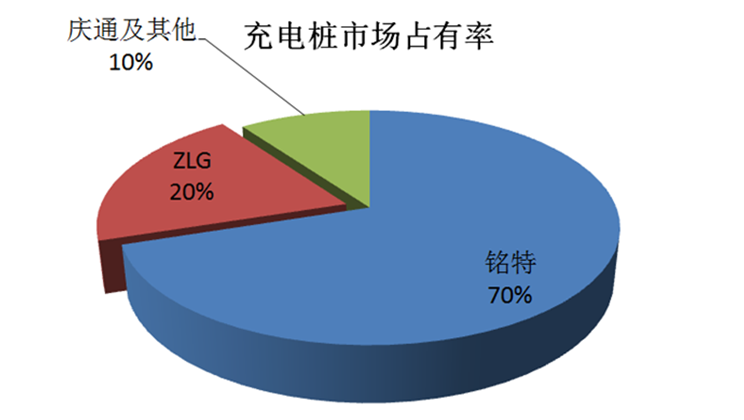In order to accelerate the development of the new energy automobile industry, alleviate energy and environmental pressures, and promote the optimization of the automobile industry structure and industrial upgrading. Charging piles, charging stations are springing up like construction, can be seen everywhere, use the card. So, how does the IC card work with the charging pile? This article refers to the address: http:// According to national and market standards, the current charging pile architecture is mainly divided into two major blocks: the charging device controller and the charging control unit. As shown in Figure 1, the charging device controller is responsible for voltage and current conversion, and various protection measures, which are provided to the electric vehicle electric energy source, which is the core part of the charging pile. The billing control unit is responsible for billing charges, as well as other extended functions, such as LCD display, RS232 read billing card, RS485 meter interaction, 3G/4G network and various car networking interactions. The billing control unit is also an extremely important part of the charging pile. Figure 1 charging pile architecture So, how does the user complete the charging pile using the IC card? The user communicates with the control board through the RS232 interface after the card reader recognizes the card or the card. During the process of swiping, the control board encrypts the data with the CPU card through the ESAM key module in the card reader, and the CPU card decrypts the information after decrypting the card key, and then charges the data. However, don't underestimate the simplicity of this 13.56MHz card reader module, but it's actually a big deal. The national grid DC pile and the national grid exchange pile are tendered by the State Grid, so all specifications and interface protocols are unified; the DC piles and AC piles of the non-state network use an open custom design. DC charging pile: DC electric vehicle charging station, commonly known as "fast charging", it is a power supply device that is fixedly installed outside the electric vehicle and connected to the AC power grid to provide DC power for the non-vehicle electric vehicle power battery. The input voltage of the DC charging pile adopts three-phase four-wire AC380V±15%, the frequency is 50Hz, and the output is adjustable DC power, which directly charges the power battery of the electric vehicle. Since the DC charging pile is powered by a three-phase four-wire system, it can provide sufficient power, and the output voltage and current adjustment range is large, which can achieve the requirement of fast charging. AC charging pile: AC electric vehicle charging pile, commonly known as “slow chargingâ€, is fixedly installed outside the electric vehicle and connected to the AC power grid, and provides AC power for the electric vehicle car charger (that is, the charger fixedly mounted on the electric car). Power supply unit. The AC charging pile only provides power output, and there is no charging function. It is necessary to connect the car charger to charge the electric car. In order to help the development of the charging pile industry, Zhiyuan Electronics has specially developed a national network protocol charging pile reading card module: ZLG600A-DCP, which can also be used for reading cards of non-national grid charging piles. As shown in Figure 2, the module is very easy to embed in the charging post and is connected to the billing unit or controller. Figure 2 ZLG600A-DCP card reader module The module is based on the 13.56MHz frequency read/write card module, which conforms to ISO14443 and ISO7816 standards. It can support multiple CPU cards (FM1208, MIFARE Desfire, etc.), MIFARE S50/S70, MIFARE 0 ultralight, MIFARE Pro, and also supports contact. PSAM, ESAM card operation. The RS232C communication interface is provided externally, and the communication protocol conforms to the national grid DC charger communication protocol, and can be conveniently and quickly applied to various AC/DC charging piles. Small size, low power consumption, stable performance and high reliability. Figure 3 ZLG600A-DCP technical parameters The ZLG600A-DCP acts as a slave and communicates with the host in accordance with the RS-232 protocol. Users do not need to understand the complex non-contact IC card and contact IC card reading protocol and commands, just follow the manual communication protocol, perfect development documentation, and operate the card reader module through the serial port to facilitate card reading. All components and production processes are fully in line with industrial requirements, and EMI and EMC, ESD protection, etc. are fully in line with industrial standards. Figure 4 Market share of charging piles In the charging pile market, Mingte has a high reputation and a wide range of models. Since it has been committed to the development and sales of smart card reading equipment, its reader card system has led to high market prices. Zhiyuan's complete range of electronic products is designed to support the charging pile solution. It is equipped with many charging pile related accessories, such as DCP-3000L billing unit, core board main control, power supply or isolation module, to help customers more complete solutions. Similarly, DCP-3000L is a charging pile billing control unit designed in strict accordance with the requirements of the State Grid "General Technical Specifications for Electric Vehicles Non-vehicle Vehicle DC Charger", which can realize charging pile man-machine display, billing measurement, payment, data plus Deleting, controlling charging equipment, and communication-related management functions such as communication with the Internet of Vehicles platform. The Zhiyuan electronic charging pile program has been widely recognized through strict market validation. The unmanaged switch belongs to the data link layer device. It can identify the MAC address information in the data packet, and then forward it according to the MAC address, and record these MAC addresses and corresponding ports in an internal address table of its own.
(4) If the corresponding port cannot be found in the table, the data packet will be broadcast to all ports. When the destination machine responds to the source machine, the switch can learn which port the destination MAC address corresponds to, and it will not be the next time the data is transmitted. You need to broadcast to all ports again.
Follow IEEE802.3, IEEE802.3u, IEEE802.3x standards
Outdoor Ethernet Switch,Unmanaged Ethernet Switches,Outdoor Gigabit Ethernet Switch,Industrial 10 Port Ethernet Switch Shenzhen Scodeno Technology Co.,Ltd , https://www.scodenonet.com



The specific workflow is as follows:
(1) When the switch receives a data packet from a port, it first reads the source MAC address in the packet header, so that it knows which port the machine with the source MAC address is connected to;
(2) Go to read the destination MAC address in the header, and look up the corresponding port in the address table;
(3) If there is a port corresponding to the destination MAC address in the table, copy the data packet directly to this port;
Support IEEE802.3 flow control, back pressure flow control
The interface is mainly 10Base/100Base-TX adaptive RJ45 port, full half duplex/half duplex adaptive or forced working mode
System switching broadband 3.2Gbps